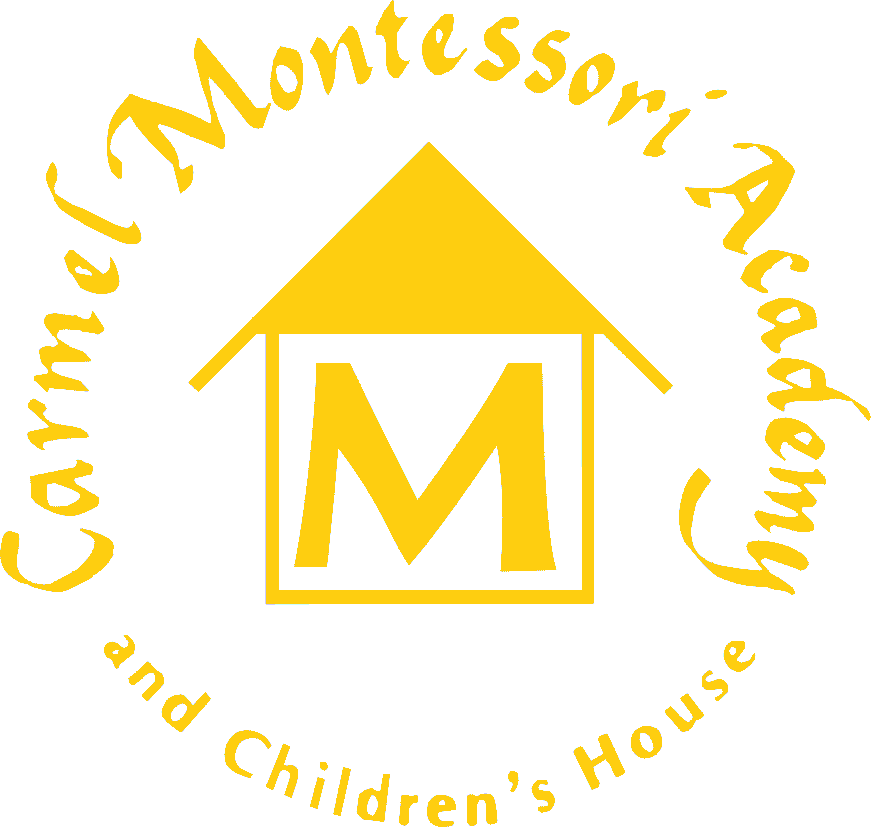
Toddler through High School
“What matters is to mix the ages. Our schools show that children of different ages help one another… People sometimes fear that if a child… gives lessons, this will hold him back in his own progress. But, in the first place, he does not teach all the time and his freedom is respected. Secondly, teaching helps him to understand what he knows even better than before. He has to analyze and rearrange his little store of knowledge before he can pass it on. So his sacrifice does not go unrewarded.””
At CMA children of all ages, from 2 years to 18 years old, work together. Meals are communal, and the older ones help the younger ones with getting their food, cleaning up when they are finished, putting on boots and outdoor clothes, and many other activities of daily life. Students in the Erdkinder (High School) program sit with newer readers to share a book together. On our weekly Friday field trips, everyone looks out for each other, sharing the responsibilities and pleasures of trips out into the community.
Mixed-age groupings allow children on all three Planes of Development to grow in a social setting that reflects the community nature of adult life. While the younger children benefit from the older children's experience, physical abilities, knowledge, and wisdom, the Erdkinder (High School) students gain a great deal from the mixed age community.
At this tumultuous time in the growth and development of the adolescent, the equanimity and deliberateness of the young child can offer the 12- to 18-year-old a more cosmic, more objective view of reality than any adult can through lecture or classroom presentation.



